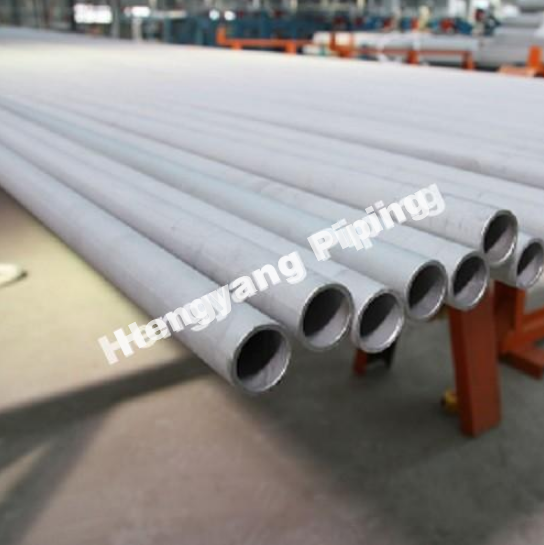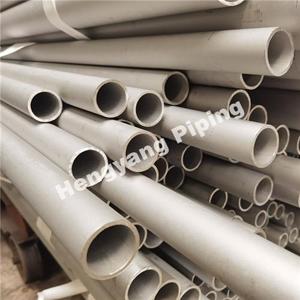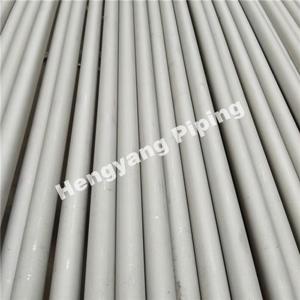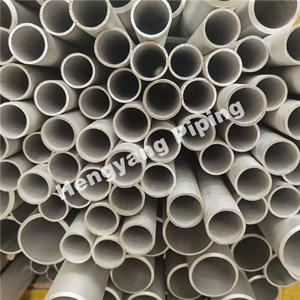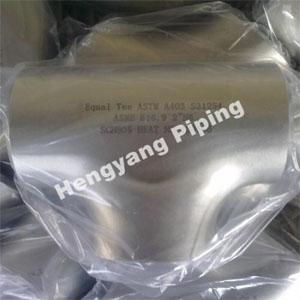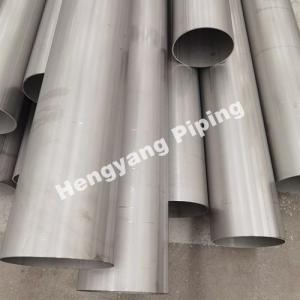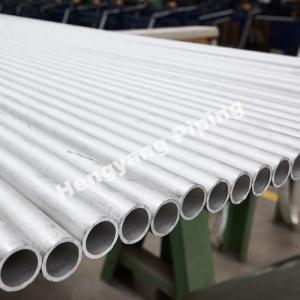What Is the Difference Between Nickel 600 and 625?
Inconel alloys 600 and 625 are both solid solution strengthened, but they vary significantly in their chemical compositions, resulting in distinct differences in corrosion resistance and strength. This article aims to comprehensively compare these alloys across various parameters, aiding you in selecting the optimal choice for your specific project requirements.
1. Inconel 600
INCONEL® Alloy 600 (UNS N06600 / W.Nr. 2.4816) is a standard engineering material renowned for its corrosion and heat resistance. It offers exceptional mechanical properties, making it an ideal choice with a balance of high strength and excellent processability.
2. Inconel 625
INCONEL® Alloy 625 (UNS N06625 / W.Nr. 2.4856) is widely favored for its high strength, superior formability (including welding), and outstanding corrosion resistance. It operates effectively across a broad temperature range, from cryogenic conditions up to 1800°F (982°C).
3. Chemical Composition
When comparing chemical compositions, Nickel alloy 625 imposes stricter controls on impurity elements like phosphorus and manganese compared to Alloy 600. This higher purity in Alloy 625 contributes to its superior properties.
Phosphorus
Phosphorus plays a dual role in superalloys. Alloy 600 does not specify a range for phosphorus content. Excessive phosphorus can precipitate harmful phases, impacting alloy properties negatively. In Alloy 625, phosphorus content is carefully managed. A small amount of phosphorus, optimized at 0.016%, enhances the creep properties of superalloys significantly. Therefore, Inconel 625 leverages this principle to achieve superior creep strength.
Manganese
Manganese can diminish creep properties in high-temperature alloys. Alloy 625 maintains tighter control over manganese content compared to Alloy 600, further enhancing its creep strength capabilities.
4. Corrosion resistance
Nickel itself has good corrosion resistance in nickel-based alloys, so Inconel 600 and Inconel 625 are both very excellent corrosion-resistant alloys.
Chromium
Alloy 625 has a higher chromium content than Alloy 600. Chromium content is the main element responsible for the oxidation resistance of alloys. Therefore, Inconel 625 has better antioxidant capacity than Inconel 600.
Molybdenum
Alloy 600 does not contain molybdenum, while Alloy 625 contains more than 8% molybdenum, making Alloy 625 somewhat reducible. This is not available in Alloy 600.
Therefore, Inconel 625 clearly has better overall corrosion resistance in comparison.
5. Mechanical Behavior
Molybdenum:
Molybdenum, with its large atomic radius, serves as an effective solid solution strengthening element in Alloy 625. As previously mentioned, molybdenum enhances Alloy 625's resistance to corrosion. Additionally, during solid solution treatment, molybdenum significantly boosts the alloy's strength.
Niobium and Tantalum:
Similar to molybdenum, niobium and tantalum possess large atomic radii, making them effective as solid solution strengthening elements in Alloy 625. During heat treatment, some niobium and tantalum atoms form γ" precipitates, further enhancing the alloy's strength.
Aluminum and Titanium:
While Inconel 625 is primarily a solid solution strengthened alloy (originally designed for aluminum and titanium refinement), it also precipitates some γ' phases during processing, thereby improving its overall performance.
Chromium:
Chromium, when present in the 20% to 25% range, contributes to short-range ordered strengthening in alloys. Alloy 625 is designed with a chromium content within this range to increase its strength.
Cobalt:
Cobalt lowers the stacking fault energy in nickel-based superalloys, effectively increasing their strength. This property is also leveraged in Alloy 625 to enhance its mechanical performance.
6. Physical Properties
Comparison of Physical Properties between Alloy 600 and Alloy 625:
|
Property |
Inconel 600 |
Inconel 625 |
|
Density, g/cm³ |
8.47 |
8.44 |
|
Density, lb/in.³ |
0.306 |
0.305 |
|
Melting Range, °F |
2470-2575 |
2350-2460 |
|
Melting Range, °C |
1354-1413 |
1290-1350 |
|
Magnetic Permeability at 200 Oersted (15.9 kA/m) |
1.010 |
1.0006 |
|
Curie Temperature, °F |
-192 |
<-320 |
|
Curie Temperature, °C |
-124 |
-196 |
7. Application Fields
Inconel 600:
Automotive, chemical processing, electrical resistance, petroleum processing, heat treatment, welding products.
Inconel 625:
Aerospace, chemical processing, marine, oil & gas, petroleum processing, pollution & waste, power generation, welding products.
Due to its higher strength and superior corrosion resistance, Inconel 625 finds applications across a broader spectrum compared to Inconel 600 alloy.
8. Supported Products
Inconel 600:
Seamless tubes and pipes, welded tubes and pipes, capillary tubes, coiled tubes, thick-wall tubes, elbows, flanges, reducers, tees, caps, round bars and rods, flat plates, square bars, hexagonal bars, plates, coils, strips, wires, filler metals, welding electrodes.
Inconel 625:
Seamless tubes and pipes, welded tubes and pipes, capillary tubes, coiled tubes, thick-wall tubes, elbows, flanges, reducers, tees, caps, round bars and rods, flat plates, square bars, hexagonal bars, plates, coils, strips, wires, filler metals, welding electrodes.
9. Main Standards
Inconel 600:
- Condenser and Heat Exchanger Tubes: ASTM B163
- Seamless Pipe and Tube: ASTM B167, ASTM B829
- Welded Pipe: ASTM B517, ASTM B775
- Welded Pipe (Alternate): ASTM B516, ASTM B751
- Welding Accessories: ASTM B366
- Rods, Bars, and Wire: ASTM B166
- Forgings: ASTM B564
- Plate, Sheet, and Strip: ASTM B168, ASTM B906
Inconel 625:
- Seamless Pipe and Tube: ASTM B444, ASTM B829
- Welded Pipe: ASTM B705, ASTM B775
- Welded Pipe (Alternate): ASTM B704, ASTM B751
- Welding Accessories: ASTM B366
- Rods and Bars: ASTM B446
- Forgings: ASTM B564
- Plate, Sheet, and Strip: ASTM B443
10. Price
Inconel 600: Lower
Inconel 625: Higher
Alloy 625, with its more complex composition and better properties, including higher chromium and molybdenum content, is more difficult to machine and thus commands a higher price compared to Inconel 600. If Inconel 600 meets your project requirements adequately, opting for it can yield cost savings.
11. Conclusion
Inconel 625 offers superior corrosion resistance overall due to its higher chromium and molybdenum content compared to Inconel 600.
The mechanical properties of Alloy 625 are enhanced by the synergistic effect of its various strengthening elements, surpassing those of Alloy 600.
Due to its better properties and more intricate composition, Alloy 625 is priced higher. Therefore, if feasible, choosing the more economical Alloy 600 may be advantageous.
